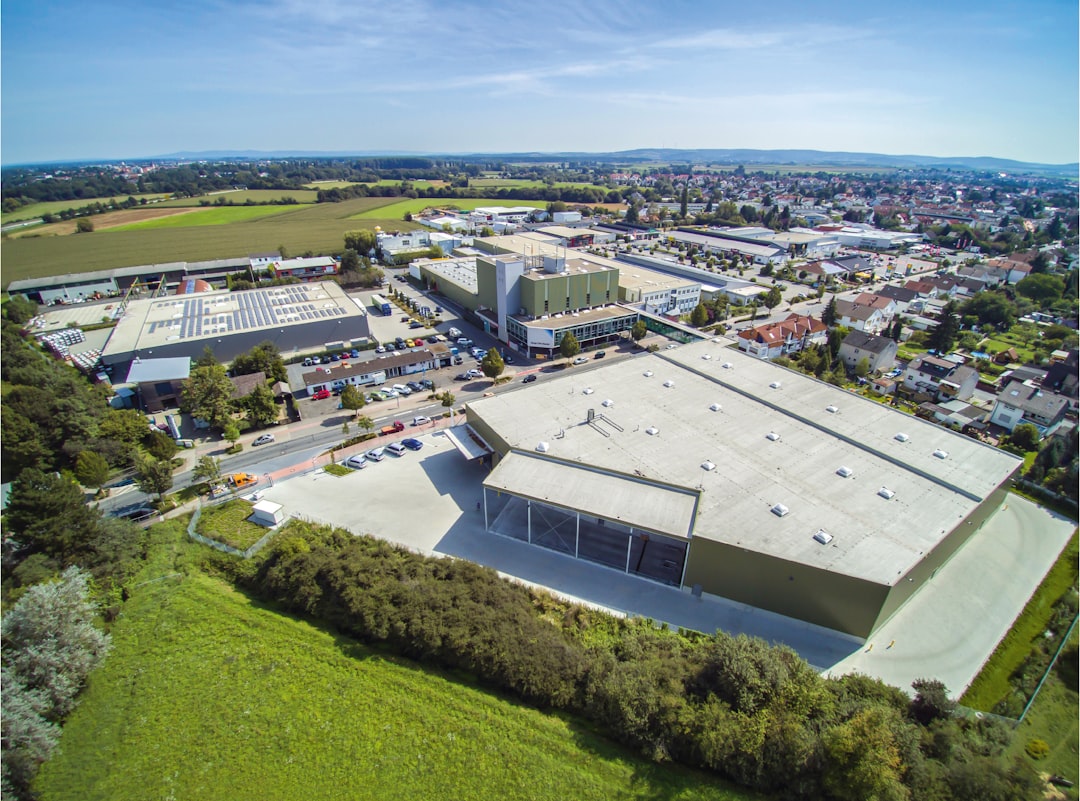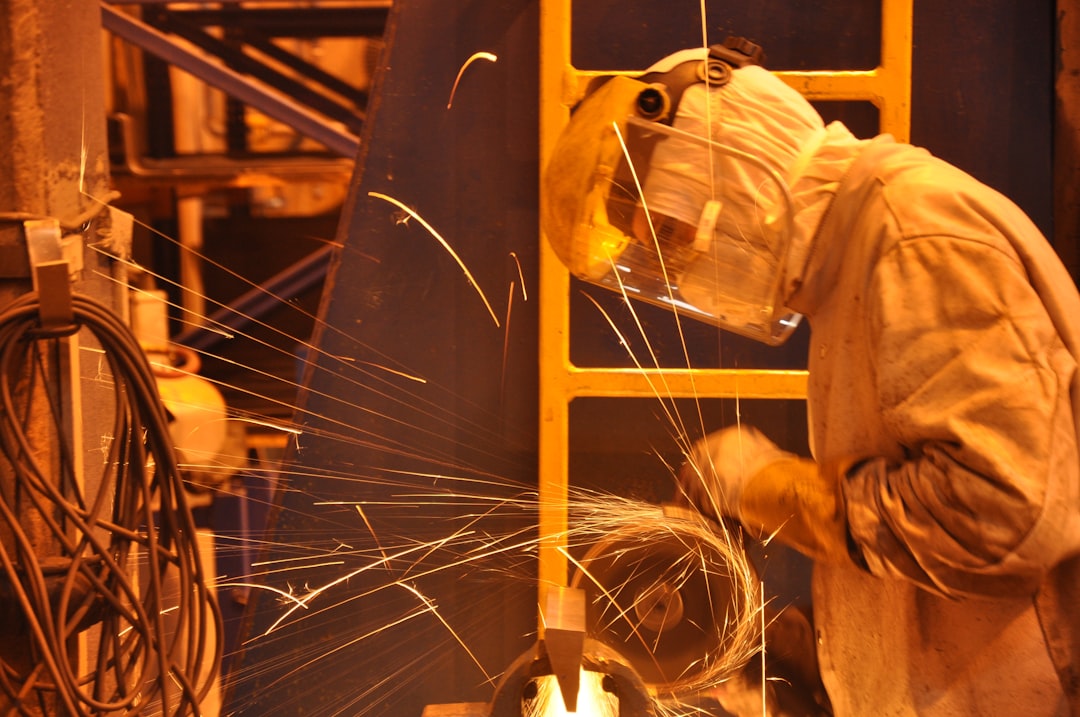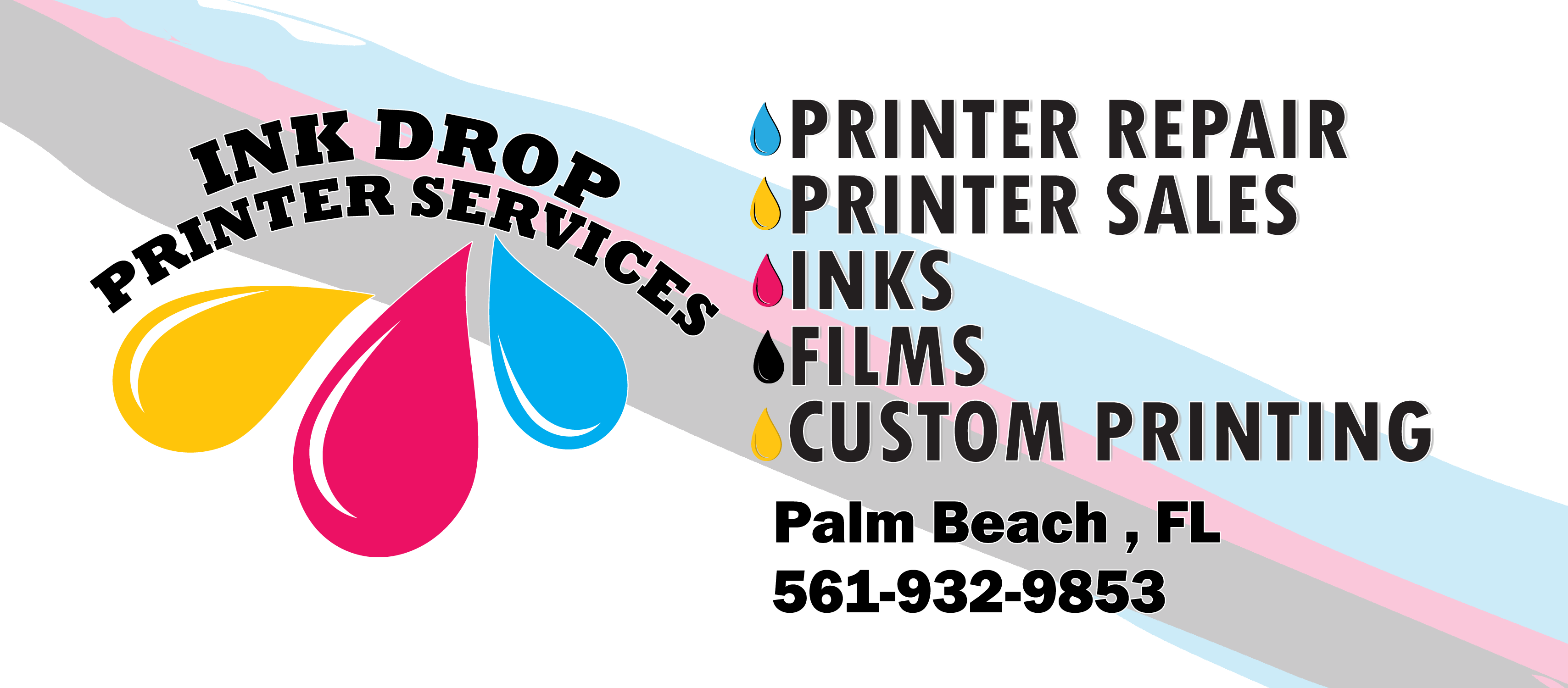has been on the rise in recent years, making the country one of the fastest-growing manufacturing hubs in Europe. With a skilled workforce, advanced machinery, and strategic location, Poland has become an attractive destination for global manufacturing companies looking to expand their operations.
One of the key factors driving the growth of manufacturing in Poland is the country’s strategic location in the heart of Europe. Poland serves as a gateway between Western and Eastern Europe, making it an ideal location for companies looking to access markets across the continent. Additionally, Poland’s membership in the European Union provides companies with easy access to a large and wealthy consumer market.
In addition to its strategic location, Poland also boasts a highly skilled and educated workforce. The country’s strong educational system produces a steady stream of well-trained engineers, technicians, and other skilled workers. This skilled labor force enables companies to manufacture high-quality products at competitive prices, making Poland an attractive destination for manufacturing.
Furthermore, Poland has made significant investments in infrastructure and technology to support its manufacturing sector. The country boasts modern industrial parks, state-of-the-art machinery, and advanced logistics networks, all of which contribute to the efficiency and competitiveness of its manufacturing industry. These investments have helped Poland attract a wide range of manufacturing companies, from automotive to electronics to aerospace.
One of the key sectors driving manufacturing growth in Poland is the automotive industry. Poland is home to several major automotive manufacturers, including Fiat, Opel, and Volkswagen, as well as a growing number of suppliers and subcontractors. The country’s automotive industry benefits from Poland’s skilled workforce, competitive labor costs, and proximity to key markets in Western Europe.
Another key sector driving manufacturing growth in Poland is the electronics industry. The country is home to several major electronics manufacturers, including LG, Samsung, and Panasonic, as well as a growing number of smaller companies specializing in electronics components and assembly. Poland’s skilled workforce, advanced technology, and supportive business environment have helped the country become a leading player in the global electronics industry.
Overall, manufacturing in Poland is thriving, thanks to the country’s strategic location, skilled workforce, modern infrastructure, and supportive business environment. With the continued growth of sectors like automotive and electronics, Poland is poised to become an even more important player in the global manufacturing landscape. Companies looking to expand their manufacturing operations in Europe would be wise to consider Poland as a prime destination for their investments. Manufacturing in Poland is truly on the rise.
——————-
Article posted by:
AGS-TECH, Inc.
https://www.agstech.net/
505-550-6501
6565 Americas Parkway NE, Albuquerque, NM 87110 USA
AGS-TECH, Inc. is a Global Custom Manufacturer, Integrator, Consolidator, Outsourcing Partner for a Wide Variety of Products & Services.
We are your one-stop source for manufacturing, fabrication, engineering, consolidation, integration, outsourcing of custom manufactured and off-shelf products & services. We also private label / white label your products with your brand name if you wish.











